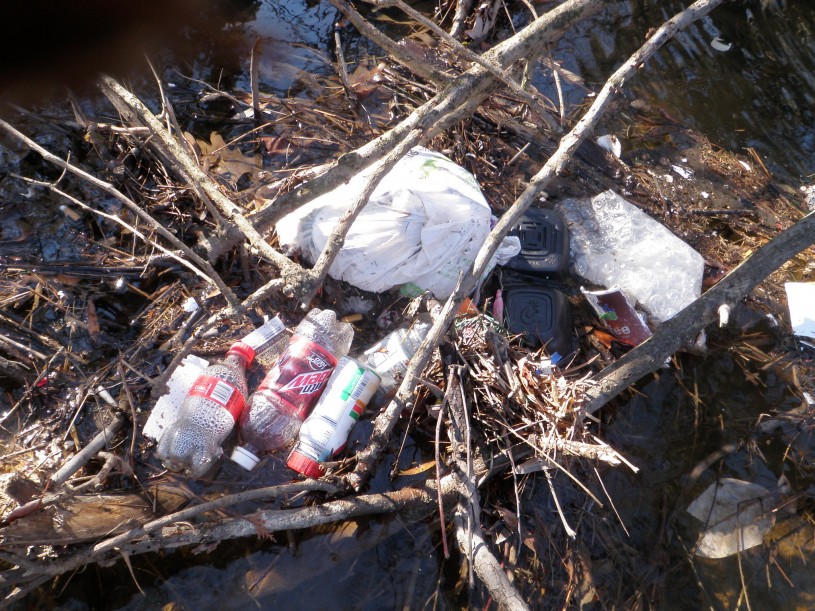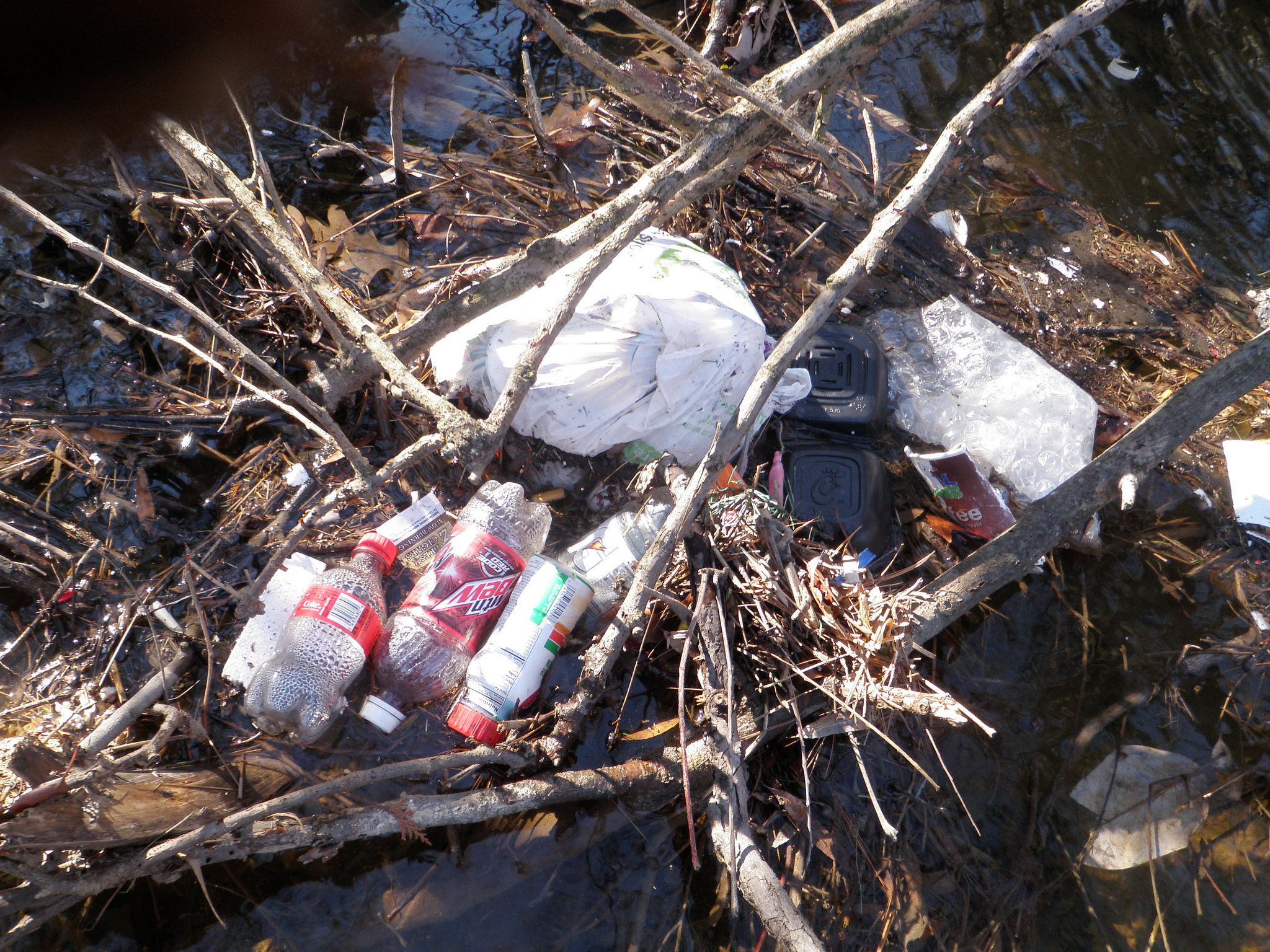
(Photo: Clean Bread and Cheese Creek / Flickr)
Growing up in Jarrettsville, I didn’t realize how lucky I was to live close to many wonderous parks, farms and other natural wonders. And I remember becoming a Brownie in the Girl Scouts by crossing the bridge at Friendship Park in Forest Hill. It symbolized growing up and moving onto the next level of life. We celebrated by camping and exploring the great outdoors.
I hope that as my son — now 2 years old — grows, he too will discover the Maryland forests and creeks that I roamed across as a child. Now settled in Catonsville, we frequently visit the beautiful Pataspco State Park. As his little feet get sturdier, he’ll go further along the park’s dirt paths. When he grabs a pile of leaves in his chubby hands, I don’t want to worry about whether they’re coated with toxic dust.
But our creeks, streams, rivers and Chesapeake Bay aren’t as pristine as they once were. After heavy rains, scientists warn that it’s not safe for us to swim or wade in these waterways due to stormwater pollution.
And that same stormwater flows off our driveways, parking lots and sidewalks straight into the drains that wind up in our local creeks and streams. That water eventually gets funneled into the Chesapeake Bay.
When I began my career as a community organizer with the Maryland League of Conservation Voters, my primary motivation was to preserve these great areas. In 2012, the environmental community made great progress by passing the Stormwater Management Program into law, mandating that the state’s most urban and developed areas levy and collect fees based upon systems designed by local governments. Through these pooled funds, local governments are beginning to clean up this pollution in their own communities.
Now, through a cynical ploy to brand this crucial policy tool as some kind of “rain tax,” Maryland’s Bay cleanup progress is jeopardized.
This approach has succeeded in other states, including some of the country’s most conservative bastions. In Texas, dedicated fees helped stop flooding and minimize water damages to homes and businesses. This money collected in Texas can cover the costs of retrofitting pavement into porous pavement to reduce runoff and creating rain gardens and rain barrels.
The fact is, we need to clean up our act by capturing water at its source and using it where it lands. We need to cherish our water and protect it for future generations of Marylanders.
This state must put money into protecting this precious resource, and programs that do this well reflect our best values. We need to get more serious about protecting the Chesapeake Bay. Paying small fees that give local governments the money they need to do their fair share is a step in the right direction.
One of Gov. Larry Hogan’s first actions was to introduce legislation to repeal the stormwater runoff program. Some counties are repealing the program entirely or significantly reducing the fee and others are standing behind this proven program to move us forward. I hope that after all the grandstanding and arguing, we can work together to get these programs right and get Maryland’s Bay cleanup efforts back on track.
Maryland is standing at the foot of a bridge to our future. We can stay here, looking at the “Keep Out” signs posted along the shores of our polluted waterways and wondering where we went wrong. Or we can cross it, securing a safe and clean place where our children can grow and explore our remarkable rivers, streams and the Chesapeake Bay.
Let’s cross the bridge.
